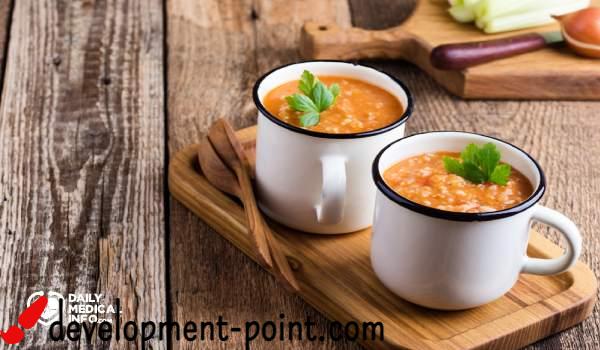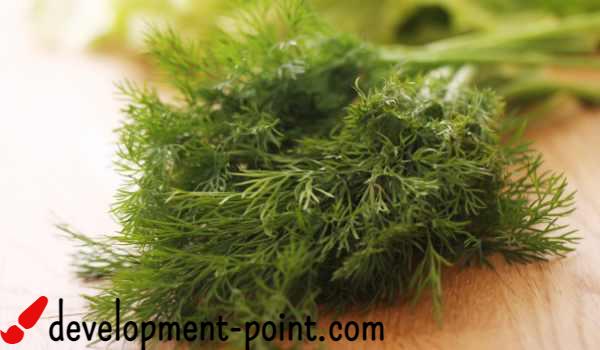Is there a relationship between cholecystitis and flatulence?
The gallbladder plays an essential role in the body as it stores and releases bile, which is a mixture of fluids, fats and cholesterol, with the aim of breaking down fats from food to facilitate the digestion of fats and vitamins. The gallbladder is connected to the liver through the bile ducts, and if it is affected by the accumulation of stones in it, it blocks those channels, which leads to a decline in bile, and the infection of the gallbladder (in English: Cholecystitis). But Is there a relationship between gallbladder inflammation and flatulence?
Symptoms of gallbladder inflammation
Cholecystitis is usually accompanied by pain and bloating in the abdomen, as a result of inflammation and digestion problems. The pain may spread to other parts of the body such as the chest and back, especially when taking a deep breath, and this indicates that there is a relationship between gallbladder inflammation and flatulence.
Symptoms of cholecystitis may vary between people, depending on the health condition and age group. However, it is considered one of the most common symptoms:
1. The feeling of pain
And often this pain occurs suddenly in the upper right, and after eating meals rich in fat. The pain usually starts from the navel just below the edge of the rib cage on the right side of the abdomen (around where the gallbladder is).
The pain may be mild and intermittent, or severe and recurrent, resulting in inability to move because movement may aggravate the pain. Muscle spasms may also occur, which requires tightening the abdominal muscles to protect the inflamed organ from pain.
2. Nausea and vomiting
A blockage of the bile duct may make it difficult to break down fats for digestion, which may result in loss of appetite, nausea or vomiting.
3. Having a fever
People with cholecystitis usually get unexplained chills or fever.
4. Feeling malaise
Feeling of malaise and discomfort is a common complaint in people with many diseases. As it is often the first indication of the presence of inflammation or an infection factor.
5. Yellowing of the skin
Jaundice or yellowing of the skin and eyes may be a symptom of cholecystitis and the presence of stones in the common bile duct.
6. Chronic diarrhea
One of the symptoms of cholecystitis is chronic diarrhea. Defecation of more than four times a day for at least 3 months may be a sign of chronic cholecystitis.
Therefore, if any of the symptoms of cholecystitis appear, medical assistance must be sought to avoid any complications.
As the inflamed gallbladder ruptures, it may lead to sepsis (sepsis), a life-threatening infection. This may require the removal of the gallbladder, to prevent the deterioration of the patient’s health.
The most susceptible people
The risk of cholecystitis usually increases with age, and the most vulnerable people are:
- pregnant woman
- Obese patients
- People with diabetes
- Those experiencing rapid weight loss
- My history of gallstones
Cholecystitis treatment
Treatment methods vary according to the severity of the infection. However, one of the methods of treatment:
- Over-the-counter pain relievers such as ibuprofen.
- Modify the diet to prevent the development of cholecystitis, by avoiding foods that are high in fat, processed foods, and refined carbohydrates such as sugar, and white bread.
- Breaking up gallstones using waves.
- A surgical procedure to remove stones or to remove the entire gallbladder.
When should you visit the doctor?
- Severe abdominal pain lasting at least 5 hours
- yellowing of the skin or eyes (jaundice)
- Darker or lighter urine than normal
- Mild fever or chills, if it occurs with any of the aforementioned symptoms.
Ways to prevent cholecystitis
The risk of cholecystitis and flatulence as a symptom can be reduced by following these steps:
1. Maintain a healthy weight
This is because being overweight may lead to an increased risk of developing cholecystitis.
2. Lose weight slowly
In the event that you want to lose excess weight, rapid weight loss should be avoided as it may lead to an increased risk of gallstones, so it is better to aim to lose 0.5 to about 1 kg of weight per week.
3. Follow a healthy diet
This is by avoiding foods rich in healthy fats and replacing them with whole grains, vegetables and fruits rich in fiber, calcium, vitamin C, and vegetable protein, as well as foods that contain healthy fats such as fish and nuts.
4. Exercise
Exercising helps lower cholesterol levels, and the lower the cholesterol level, the lower the chances of gallstones forming.

